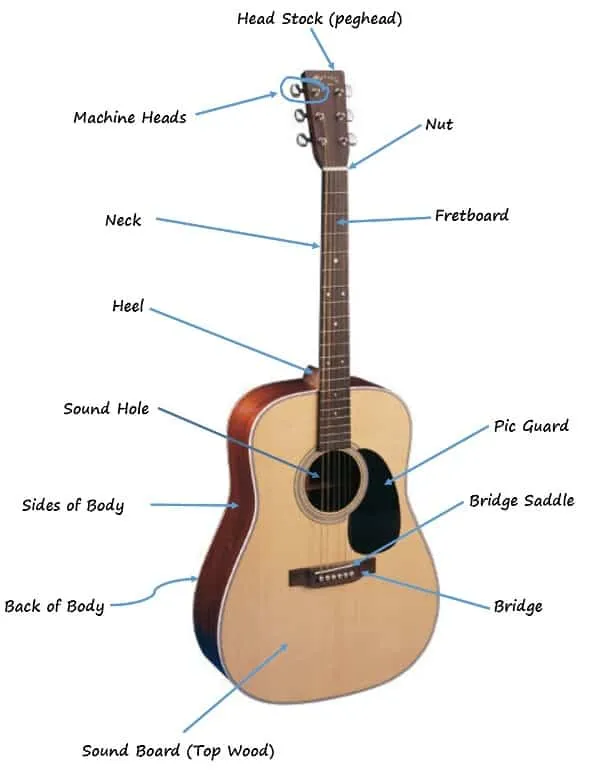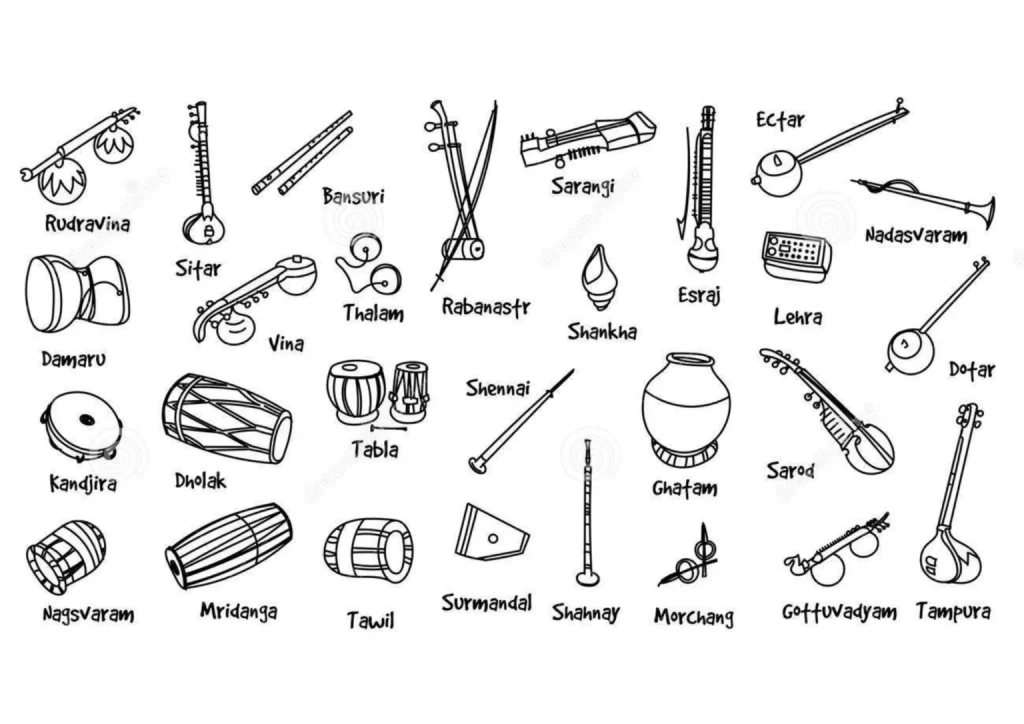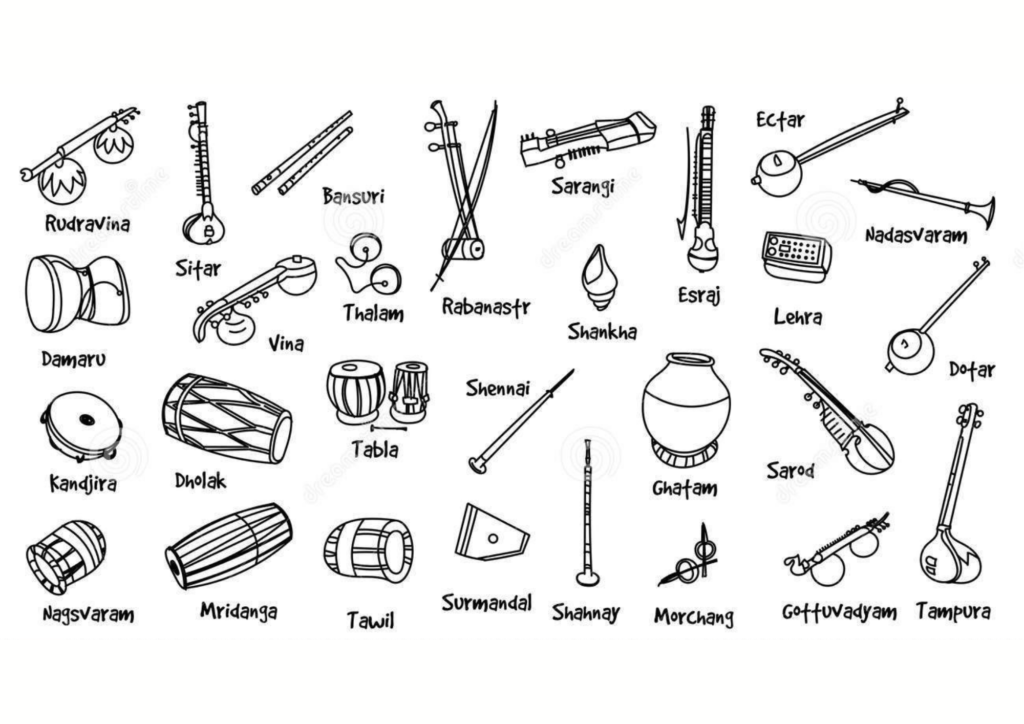What is a Metronome?
A metronome is a training apparatus that produces steady beats or snaps at regular intervals of time to help musicians play rhythms accurately as preferred and adjusted by the client.
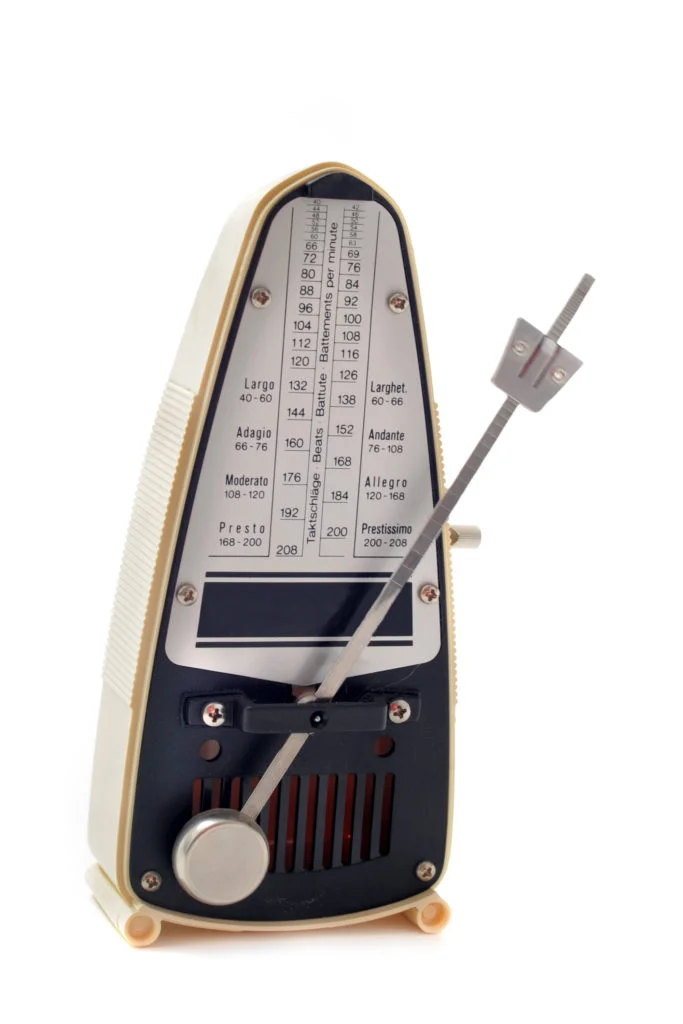
Metronome word is derived from the Greek words “Metron” which means “Measure” and “nomos” which means “regulating”. The pulses are measured in beats per minute(BPM). Metronome typically includes synchronic visual motion (swinging pendulum apparatus or blinking lights).
Most commonly used metronomes will produce 30-250 beats per minute. A metronome is often utilized or used in a wide range of instruments like stringed instruments, guitar, drums, piano, saxophone, violin, etc.
A brief history of the metronome
Metronome was first invented by a Dutch competitor, Dietrich Nikolaus Winkel, but was first patented as a practising device by Johann Maelzel in 1815. He said that “Metronome is an Instrument for the development of all musical performance of an individual.” His sort of Metronome was a mechanical, wind-up pendulum device.
What are the various types of metronomes?
There are two types of metronomes.
Mechanical or analogue metronome
Mechanical metronome uses a wind-up mechanism and did not require electricity to operate. A mechanical metronome contains a pendulum that swings to and fro with an exact time interval between two beats as adjusted by the user.
Digital or electronic metronome
Instead of the wind-up spring mechanism, this type of metronome runs on electricity and contains a quartz crystal inside of it to keep the metronome as efficient as possible, like what a wristwatch does in real-time. A few metronomes can provide tuning notes, usually around the range of 430 hertz. These are easier to handle and you just have to press a few buttons to set time and tempo signature. Digital metronomes have a few advantages over mechanical metronomes like the use of earphones, visual basic and ability to assent beats, etc.
Different ways of using a metronome
- As a training instrument to ensure you are playing at a consistent beat. Performers practise with metronomes to improve their planning, particularly the capacity to adhere to a steady beat.
- As a recording device to ensure a presentation is metrically exact. Metronomes utilized for recording are regularly called a “tick track.” They are popular in the recording of film scores, where the music should match up to every individual frame of movie or film.
Functions and features (options) of a metronome
A metronome can help you keep a steady tempo so that you don’t incidentally accelerate or slow down from tempo. It gives a consistent beat denoting a melodic stretch. What that click it will be up to the player, yet other alternatives of a metronome include:
Quarter notes
It is a frequently used time signature. Most players set that one beat equals to one-quarter note. So in 4/4 meter, every metronome beat equals one quarter-note, and four beats equal to full measurement.
Eighth notes
A few players decide to make their metronome clicks speak to eighth notes. This is especially basic when eighth notes are themselves part of the timing scheme, for example, 6/8 or 9/8 time.
Spotted quarter notes
Certain timing schemes are handily and easily partitioned into dotted quarter notes, most remarkably 3/8, 6/8, 9/8, and 12/8. For example, two-spotted quarter notes equivalent to a total proportion of 6/8.
Setting or adjustment of a metronome
Tempo or rhythm setting
Most advanced metronomes are using BPM(beats per minute) as a way to measure the speed of the metronome beat or click. Some portable metronomes accessible for telephones will permit you to tap the beat on your screen to get the essential rhythm. On wind-up models or mechanical models, you simply slide the weight-up pendulum metal bar to the desired tempo.
Timing signature setting
Numerous advanced metronomes will permit you to set the timing signature, however, most wind-up metronomes don’t. Time signature comprises of 2 numbers in the form of a fraction. The top number shows the no of beats in a measure. The base number shows the estimation of the beat. For instance, a piece in 4/4 time would have 4 quarter notes in a measure.
Also read Raaga in Music: What is a Raaga and how to master it?
Volume and Sound Control
Setting the volume for the metronome is particularly significant for any computerized device. Many swinging or wind-up metronomes won’t have sound control; however, artists can follow the swinging of the metronome to keep precise time regardless of whether they can’t hear the metronome over the music.
Learn How to Use a Metronome in Music
Select a metronome
Depends on your choice of instrument, select an accurate metronome. This can be a traditional mechanical device, a handheld digital metronome, or just an app on your smartphone.
Select the units of measure
Quarter notes, eighth notes, Dotted notes, etc, that you want to produce the correct tempo.
Be familiar with the music notes before start using your metronome.
You feel some difficulty at first when trying to play the piece of music in order. Practice the piece of music without regard to time from the first which is present on your music notes. first, completely understand the order of music thoroughly and then you can start to focus on performing the piece at the appropriate rhythm or tempo.
Start slow
When you are practising a tempo, you have to slow down enough so that you can play everything accurately. Don’t practice the simple parts quickly and the troublesome parts moderate; rather keep everything a similar tempo. Give your mind an adequate opportunity to absorb new data. You can’t rush great practice. set your metronome at 60-80 BPM at the beginning.
Find out your problem area and be concentrate on that area to overcome it.
Music is never similarly troublesome all through the whole piece. A few spots will give you more difficulty than others. Utilize the metronome at a moderate speed and make each note in turn until your hands become more acquainted with required developments.
Also read Unique Musical Instruments: Here Are Some Unique Musical Instruments
Gradually speed up your tempo
You can slowly increase your tempo when you feel confident and comfortable on a piece of music you practised earlier. Try to maintain a steady tempo rather than slower at difficult parts and faster at easier parts of music.
Test yourself
When you believe you have mastered a piece of music, try practising alongside the metronome. Try to rectify your problematic area and become a performer with help of a metronome.
How to select the right metronome to learn music?
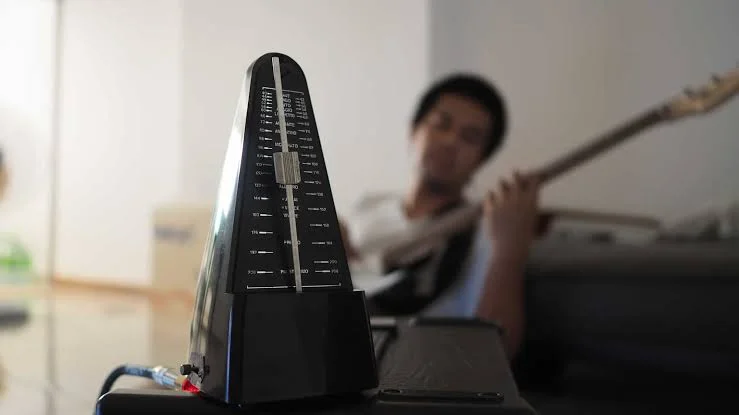
Incorporating a metronome as a regular piece of your training can assist you in dominating a bit of music and improve your presentation. It’s a smart thought for each performer to realize how to utilize a metronome.
Become familiar with the various kinds of metronomes.
There are pocket-sized advanced metronomes, end up mechanical metronomes, application metronomes for your telephone, etc. depends on your budget and necessity you can prefer or select metronomes. Mechanical metronomes have more fundamental features and work admirably for a lot of the traditional instruments that you’d find in an orchestra.
Determine the extra features of metronomes that are useful to you to perform conveniently.
Depending on your necessity and personal preference you have to choose a metronome. For example, in the event, if you are a drummer you may require an earphone jack, a line out, or volume control features, and If you have a stringed instrument that should be tuned, you should choose a metronome with a tuner. Be careful that the metronome you pick has a wide enough determination of BPMs to suit your requirements.
Try the metronome once before you buy it
Because some metronomes may produce more or fewer BPMs than your requirement. If it beats correctly without any trouble you can buy. Nowadays there are several metronome apps available for free in the app or play store easily on your Smartphone only.
Share with your friends


